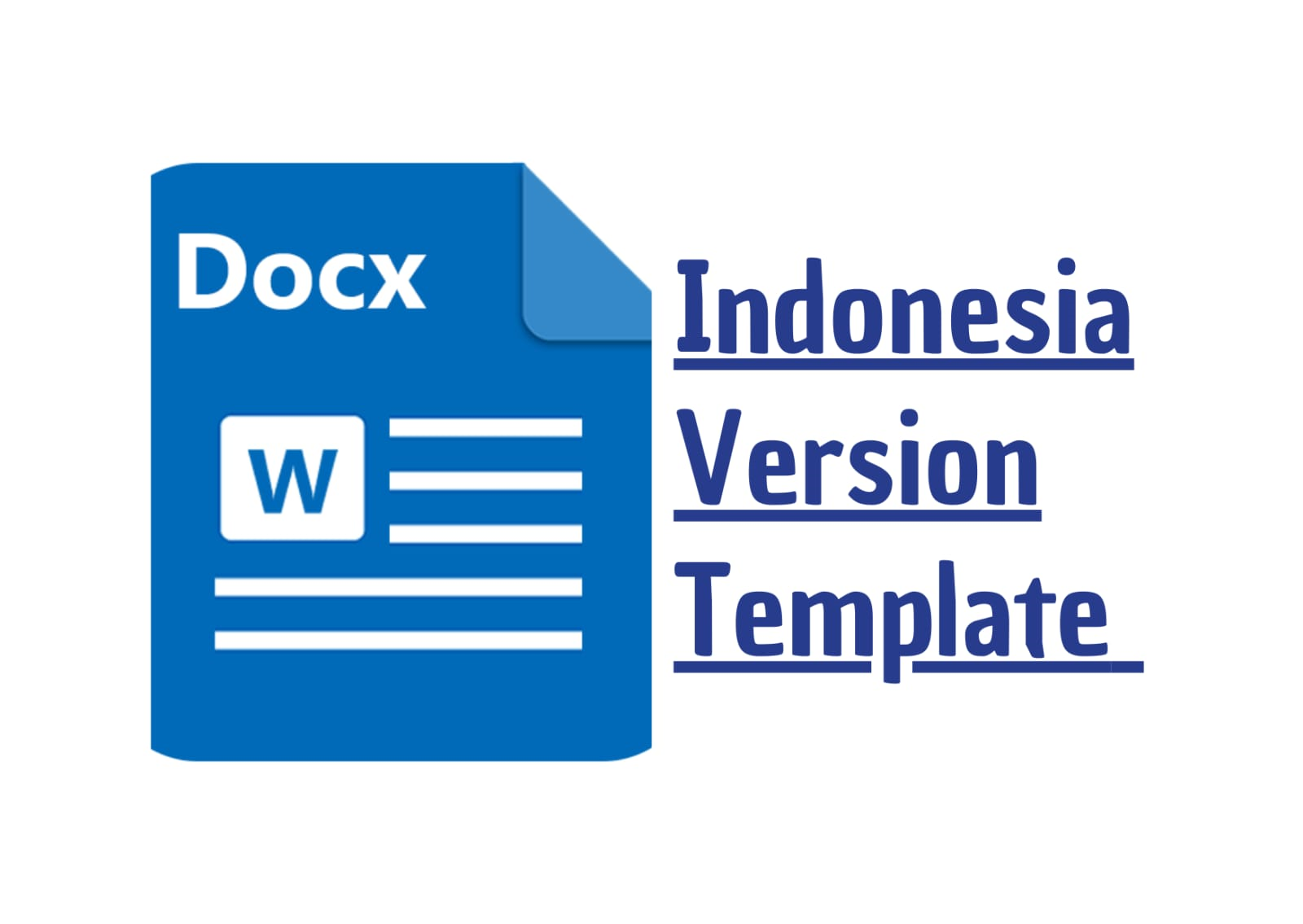Women’s Language Features Used by Female Main Character in Pollyanna Novel
DOI:
https://doi.org/10.56799/jim.v2i10.2270Abstract
This study focused on analyzing women’s linguistic features used by the female main character in a novel entitled Pollyanna. The theory used in this study is Lakoff’s (2004) theory about women’s language features and the theory of language function proposed by Pearson (1985). Library research method was used to collect the data in this study; the collected data were analyzed by using descriptive qualitative methods based on the women’s language features found in Pollyanna novel. It was done by writing a description of the required data and explaining them in the form of paragraph form. This study used an informal method in presenting the data. In order to provide explanations of the data found, all of the collected data classified according to the sub-chapter which are lexical hedge or filler, intensifier, tag question, rising intonation, empty adjective, precise colour term, hypercorrect grammar, super-polite form, avoidance of strong swear word, and emphatic stress. The finding shows that the novel used all of the women’s language features with various language functions. The most used feature appeared is empty adjective; it reflects that women tended to use empty adjective to express their emotion through an utterance.
Downloads
References
Creswell (2014). Research Design. Nebraska. 4 ed. SAGE Publications Ltd.
Holmes, Janet (1997). Women, language and identity. Wellington. Victoria University of Wellington.
Holmes, Janet (2014). An Introduction to Sociolinguistics. New York. Routledge.
Lakoff, R. (1973). Language and Woman's Place. Language in Society, 2(1), 45- 80.
Lakoff, R., & Lakoff, R. T. (2004). Language and woman's place: Text and commentaries (Vol. 3). USA: Oxford University Press.
Pearson, J. C. (1985). Gender and communication. Dubuque: Wm. C. Brown/McGraw - Hill.
Wardhaugh, R (2010). An Introduction to Sociolinguistics. 5 ed. Malden, Mass. USA: Blackwell Pub.
Downloads
Published
How to Cite
Issue
Section
License
Copyright (c) 2023 Rabita Nabiya, I Nyoman Sedeng

This work is licensed under a Creative Commons Attribution-ShareAlike 4.0 International License.




















